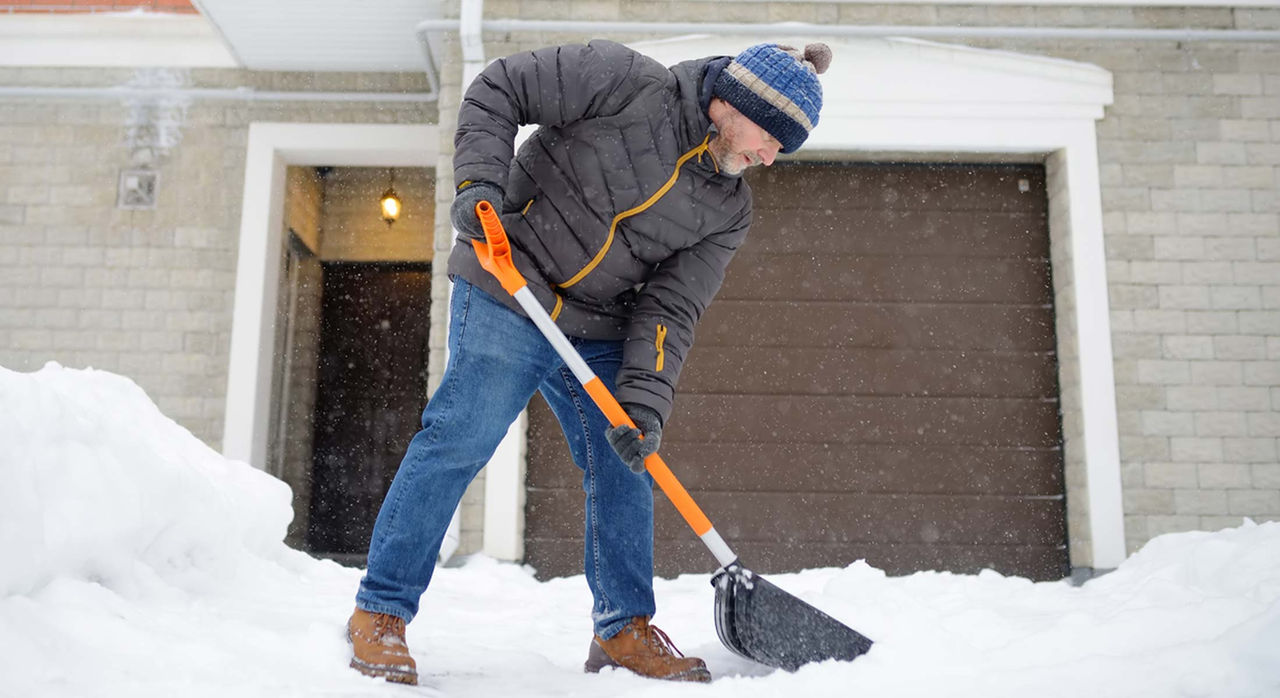-
- Find Care
-
- Visitor Information
- Find a Location
- Shuttles
- Visitor Policies
-
-
- Our Virtual Care Options
- Virtual Urgent Care
- Virtual Visits for Primary & Specialty Care
- Online Second Opinions
- Participate in Research
-
- Contact us
-
- For Innovators
- Commercialization Guide for Innovators
-
-
- Research News
- Alzheimer's Disease
- Artificial Intelligence
-
- Overview
-
- Overview
- Getting Started
- New to Mass General Brigham
- International Patient Services
- What Is Patient Gateway?
- Planning Your Visit
- Find a Doctor (opens link in new tab)
- Appointments
- Patient Resources
- Health & Wellness
- Flu, COVID-19, & RSV
- Billing & Insurance
- Financial Assistance
- Medicare and MassHealth ACOs
- Participate in Research
- Educational Resources
- Visitor Information
- Find a Location
- Shuttles
- Visitor Policies
- Find Care
-
- Overview
- Our Virtual Care Options
- Virtual Urgent Care
- Virtual Visits for Primary & Specialty Care
- Online Second Opinions
-
- Overview
- Participate in Research
-
- Overview
- About Innovation
- About
- Team
- News
- For Industry
- Venture Capital and Investments
- World Medical Innovation Forum (opens link in new tab)
- Featured Licensing Opportunities
- For Innovators
- Commercialization Guide for Innovators
- Contact us
-
- Overview
- Information for Researchers
- Compliance Office
- Research Cores
- Clinical Trials
- Advisory Services
- Featured Research
- Two Centuries of Breakthroughs
- Advances in Motion (opens link in new tab)
- Brigham on a Mission (opens link in new tab)
- Gene and Cell Therapy Institute
- Research News
- Alzheimer's Disease
- Artificial Intelligence
-
- Overview
-
- Overview
- Residency & fellowship programs
- Brigham and Women's Hospital
- Massachusetts General Hospital
- Mass Eye and Ear
- Newton-Wellesley Hospital
- Salem Hospital
- Integrated Mass General Brigham Programs
- Centers of Expertise
- Global & Community Health
- Health Policy & Management
- Healthcare Quality & Patient Safey
- Medical Education
- For trainees
- Prospective trainees
- Incoming trainees
- Current trainees
- Continuing Professional Development
How to Shovel Snow Without Hurting Your Back

When winter arrives with its plummeting temperatures and falling snowflakes, it’s time to break out the shovel. But shoveling snow can be more than a pesky chore—it causes thousands of injuries each year.
To prevent back injuries and stay safe when it’s time to clear snow, you should focus on fitness year-round, says Zacharia Isaac, MD, a Mass General Brigham spine care and pain management specialist. He is chief of spine care and pain management at Spaulding Rehabilitation and associate chairman of physical medicine and rehabilitation at Brigham and Women’s Hospital. Dr. Isaac recommends practicing strength and flexibility exercises, preventing inflammation in your body through nutrition, and taking simple steps to protect yourself when the flakes fall.
“These musculoskeletal setbacks happen to everybody, whether you’re an athlete and super fit, or deconditioned,” he says. “But we can do certain things to stack the odds in our favor. The best ways to prevent injuries and chronic pain is to exercise regularly and to decrease inflammation in the body by having a healthy diet and staying at a healthy weight. There are also several precautions you can take when it’s time to shovel.”
Snow shoveling injuries
Snow shoveling can lead to several different types of injuries, including:
- Bumps, bruises, broken bones, and concussions from slips and falls
- Herniated discs in your back from heavy lifting with poor form
- Neck injuries from looking up too long while clearing snow off the roof of your house or car
- Strained or sprained muscles in your shoulder or back, which are very common
“The position of shoveling is awkward for the back and neck. And the load of heavy, wet, slushy snow on a long lever arm is a mechanical challenge,” Dr. Isaac says. “Mid-back pain is usually muscular because of that bending forward posture. But that is also the area where older people sometimes get compression fractures. Pain in the lower back is usually related to muscle sprains and strains, but it can sometimes indicate arthritis and degenerative changes. In addition, that bent forward position coupled with the heavy lifting can herniate discs.”
People with certain medical conditions should consult a medical professional before they shovel, he says. Examples include those with osteoporosis, a history of multiple fractures, or heart conditions.
Year-round strategies to prevent back pain from shoveling snow
To shovel snow safely and effectively, you need back extensor strength. Your back extensor muscles engage in many everyday activities, such as unloading the dishwasher, picking things up off the floor, and bending over a sink. “But we live in a society that doesn’t condition the back extensors,” Dr. Isaac says. “Many people sit too often, and we tend to slouch into the desk chair or driver’s seat. Try to establish healthy habits and regular movements to build strength in your back and core.”
The best exercises to condition your body for snow shoveling are squats and deadlifts, he adds. These very functional movements also make us better able to get out of a chair as we get older. Hip flexibility is also very important to back strength. “Whatever tightness you have in your hips, transmits to your back. So making sure that you have mobile, flexible hips is also important.”
A personal trainer, physical therapist, or online video can teach you proper form. There are also effective modifications of these exercises for people who need them.
Getting proper nutrition throughout the year and staying at a healthy weight can also help prevent back pain, Dr. Isaac says. People with an elevated body mass index (BMI) tend to have multiple areas of joint pain. It can cause inflammation throughout your body, not just in weight-bearing joints like your knees. Dr. Isaac emphasizes that different diet and nutrition approaches work for different people.
“To lose weight, you have to find something that’s sustainable in the long term rather than something that’s a crash diet. You can try eating foods that are more plant-based or trying windows of fasting to improve insulin resistance,” he says. “To control systemic inflammation, many people find benefit in eliminating certain things. For example, some people eliminate gluten, and suddenly their joints feel less inflamed. Some people who eliminate sugar or processed carbohydrates feel less inflamed.”
Snow shoveling safety
When it’s time to shovel, use the following strategies to protect your back:
- Warm up beforehand by moving your body, maybe practicing a few repetitions of shoveling movements.
- Use proper equipment, ensuring that the shovel is not too long or too heavy. Space your hands out on the handle to increase your leverage.
- Try to push the snow rather than lift it. When you do have to lift, only collect small amounts at a time. Then, walk the snow to where you want to put it. Don’t throw it to the side or over your shoulder, which can force you to twist and cause injury.
- Bend and straighten your knees to lift the shovel, instead of bending at the waist. And keep your back straight. This squatting technique puts the work in your legs instead of your back and helps stop you from leaning forward.
- Listen to your body. Pace yourself and take breaks, rather than power through until the job is done. If you’re expecting a lot of snow, start early and work in shorter shifts throughout the day. This way, you won’t have to lift very heavy loads of tightly packed snow.
- Gently stretch your muscles during breaks and after you’re done.
Slips and falls are also very common during snow shoveling and can cause back and other injuries. To prevent these types of accidents:
- Spread salt or other ice-melting substances before snow starts falling.
- Wear proper footwear, such as snow boots or products you put on your shoes, such as spikes and traction devices.
- Always be on the lookout for icy patches. Don’t let a hat or scarf block your vision.
- Take small, slow, even steps.
When to seek medical attention for back pain
If you tweak or injure your back while shoveling, Dr. Isaac recommends that you:
- Apply heat or cold, depending on what gives you relief.
- Avoid intense activity for a day or two.
- Change positions often, moving around when possible. This will help prevent tension and spasms, and it will increase blood flow to the injured area for healing.
- Take over-the-counter acetaminophen or nonsteroidal anti-inflammatory drugs such as ibuprofen.
- Use a foam roller or massage device to self-administer deep tissue massage and loosen your muscles.
Most sprains and strains from shoveling heal on their own. But if pain lasts longer than 4 to 6 weeks or comes back frequently, talk to a health care professional. Seek medical attention if a shoveling injury is associated with numbness, tingling, weakness, clumsiness, or balance issues. You should also seek medical attention if the injury happened during a fall or other trauma.
Your health care team can help you feel better and prevent future injury. Options may include medications and physical therapy to heal and strengthen your back.
